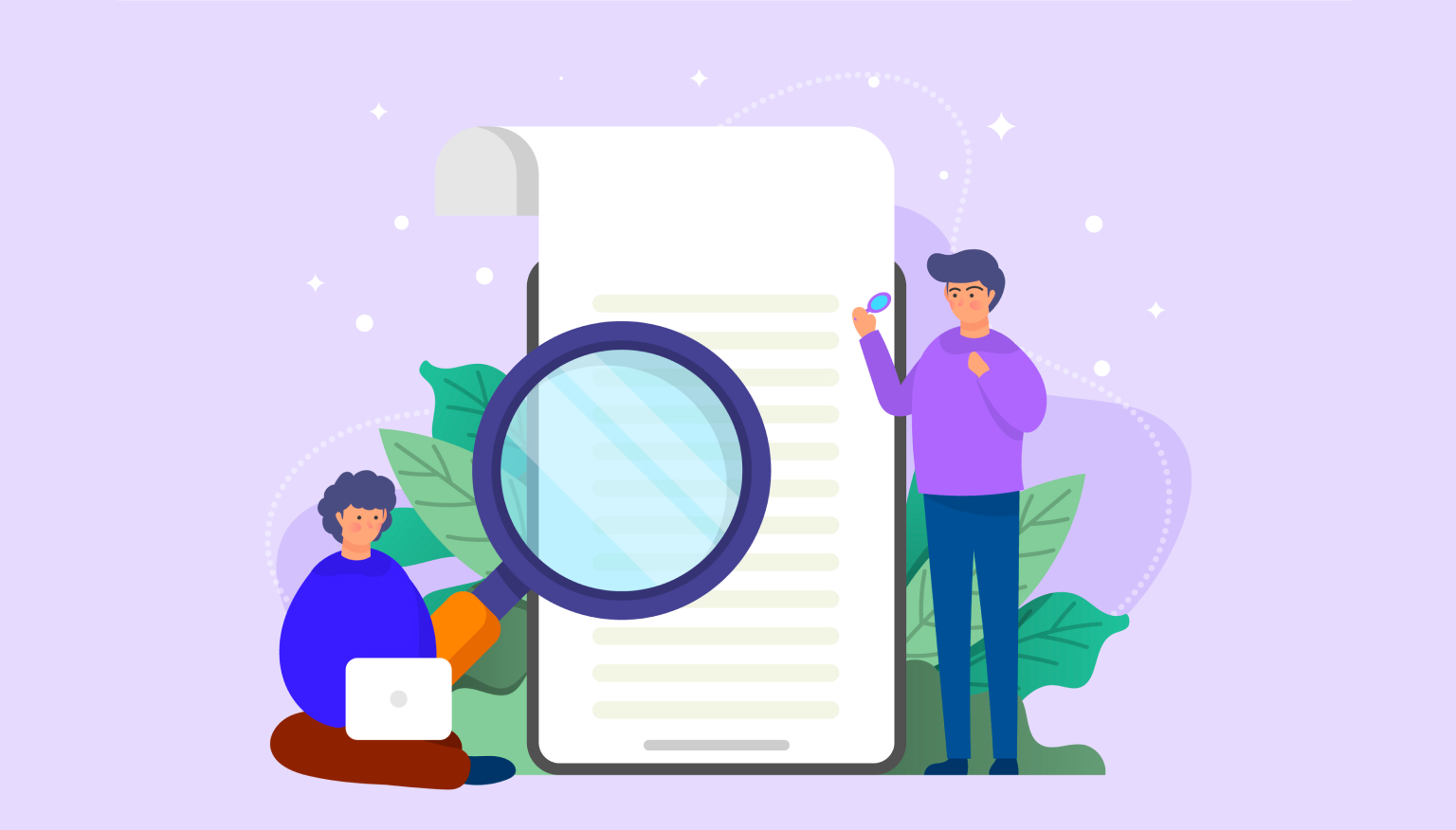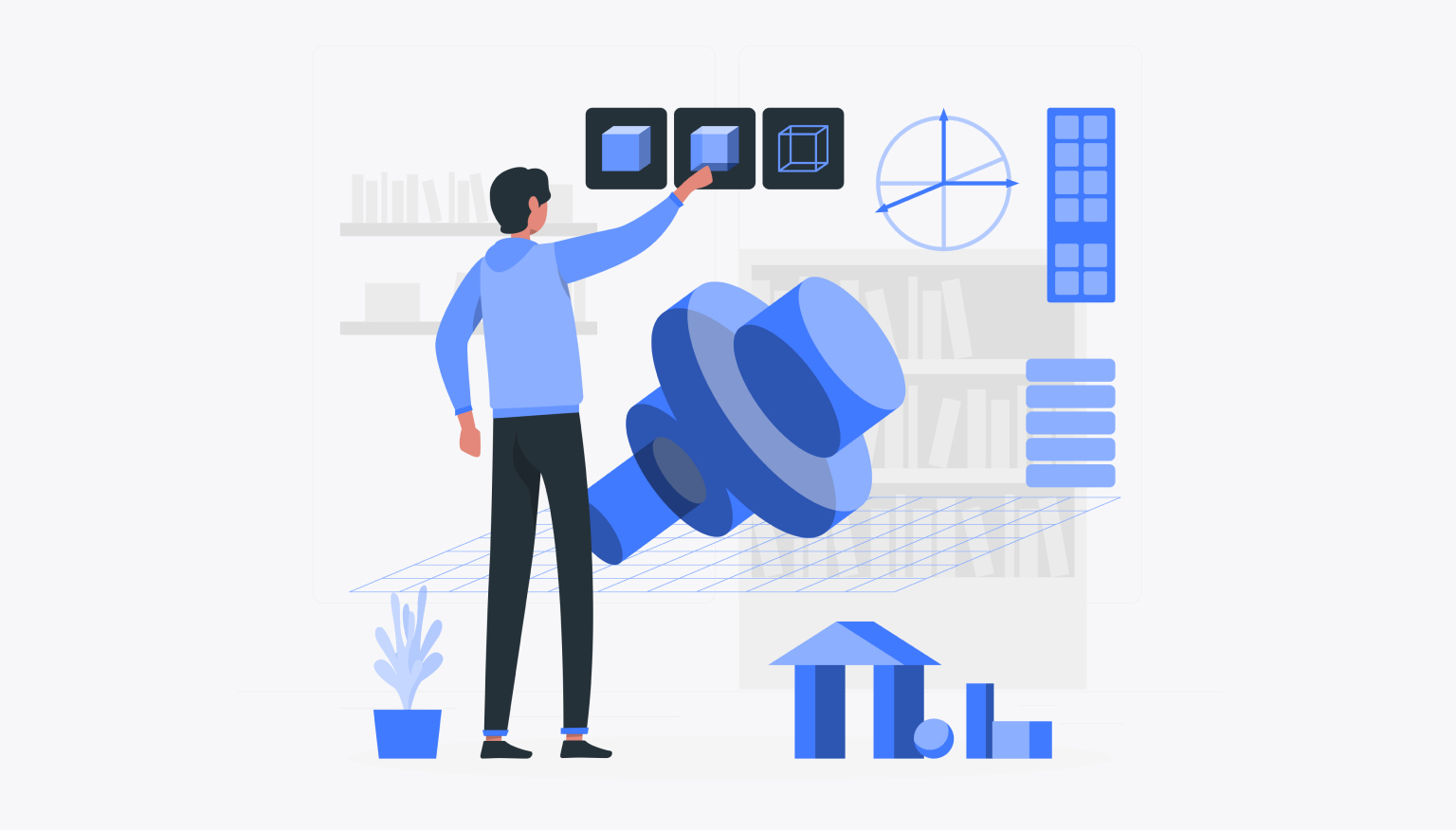What annoys us on the site? - 14 factors
When it comes to users visiting sites, there may always be some factors that can spoil the impression of the site. These factors can adversely affect, for example, sales of goods, if you keep your online store, repel potential customers. Today we will look at some factors that can be annoying when visiting websites.
Navigation
Site navigation is the first thing a user encounters. Its role is more important than ever: if it is too confusing, then instead of useful information, the visitor receives only dissatisfaction and the desire to leave the site. The main task of navigation is to help the user easily find the information they are looking for, whether it is a blog article, product catalog or contact information. Therefore, when the structure of the site becomes more complicated than the Daedalian maze, this inevitably leads to a deterioration in the user experience. Simple and intuitive navigation, on the other hand, facilitates the user's interaction with the site, making visiting it an enjoyable journey rather than an escape from the minotaur. Ease of navigation is a key element of the site's usability, which makes the visitor more likely to return to you again and again.
Loading speed
In the era of high-speed internet, every second of loading a website really matters. Users are accustomed to instant feedback and expect web pages to load quickly and without delay. It follows that the delay in loading pages is one of the main factors that can cause dissatisfaction of visitors and lead them to leave the site.
Statistics confirm that even a second of delay in loading can lead to a significant decrease in user satisfaction, as well as a decrease in conversion and overall time spent on the site. Moreover, loading speed also affects the position of the site in search engines, as they take this factor into account when ranking.

Advertising
In the digital world, advertising has become almost an integral part of any website. It plays the role of an engine of commercial activity and provides the necessary funding to maintain sites. But the power of its influence can quickly turn into a disadvantage if the rule of moderation is not observed.
Too intrusive advertising that interferes with viewing content or creates inconvenience when interacting with the site can cause rejection among users. Pop-ups, continuous video ads, or banner ads that take up half the screen can cause a visitor to leave the site and never come back.
Moderation in the use of advertising is taking into account the comfort of users and their interests. Advertising should not be intrusive, not distracting from the main content. It should be such that the visitor can notice it, but at the same time does not feel forced to view it.
And relevance is the correspondence of the advertising material to the interests and needs of the target audience. Ads must be relevant to the content of the page and to those who view it.
Design
Visual perception in web design plays a paramount role. After all, the site visitor first "eats with his eyes", and only then is immersed in the content.If the design is overloaded with various elements, or incompatible colors are chosen, this can cause discomfort for the user, provoke a feeling of chaos and discomfort.
Instead of focusing on key elements, this design is off-putting. The visitor gets lost in the variety of shapes, fonts and colors, cannot find the information they need, and, in the end, can leave the site, having experienced only annoyance.
However, extreme simplicity in design is also not always a winning solution. Although minimalism is a popular design trend, it may not meet the expectations of the visitor if it does not convey the uniqueness and atmosphere of the brand, or if it makes the content of the site boring and inexpressive.
Content
It is difficult to overestimate the importance of quality content for the successful functioning of the site. Content is the heart of the site, its main value and what users visit the web resource for. It represents the main information that the site shares with its visitors, which means that its importance cannot be overestimated.
Moreover, the quality of the text itself is also important. With errors, difficult-to-understand sentences, irrelevant information - all this can push the visitor away. Users appreciate well-written, structured and relevant content that is easy to read and understand. Therefore, it is important to pay attention not only to the content of the content, but also to its form.

Mobile version
Current trends show that most users use the Internet through mobile devices. Phones, tablets and other mobile gadgets have become such an important part of our lives that it is now difficult to imagine a person who does not use a smartphone in everyday life.
This passion for mobile devices makes the mobile version of the site not only desirable, but absolutely necessary. If the site is not mobile friendly, this can be a huge problem. Users who have not received the proper convenience and comfort when using the site from a mobile device may leave it and never return.
An unadapted site is often difficult to view on a small smartphone screen: texts and images look distorted, buttons are too small to press with a finger, forms to fill out become inconvenient. Using such a site becomes a test, not a pleasant experience.
Media autoplay
Media autoplay is a detail that, it would seem, should bring convenience. However, web site visitors often experience annoyance when faced with unnecessary or unexpected playback of audio or video content. Such a function, especially if it is suddenly activated, can distract, scare, or simply irritate the user. Please note that not all site visitors may be in solitude and be prepared for a sudden sound.Therefore, it is important to provide the opportunity to manage the media playback process yourself: enable and disable it at your own discretion. This will help to avoid unwanted moments and make interaction with the site more comfortable.
Pop-ups
Pop-ups, to a certain extent, can be considered a dual tool in web design. On the one hand, they can serve as a great way to attract the attention of visitors to a particular information or offer. But on the other hand, if they are used thoughtlessly or too intensively, they can quickly turn from a useful tool into an irritant.
Internet users are used to being in control of their browsing experience. Pop-ups that overlap content without warning or insist on attention can cause frustration and annoyance. This effect is exacerbated if the windows appear too often or without the ability to quickly close them.
Registration
We are all familiar with the feeling when we are faced with the need to register on the site. The repulsive factor here is twofold - firstly, this is the requirement of registration as such, and secondly, this is the registration process. The more complex and longer the process, the more likely it is to lose a potential client.
An indisputable fact: many users prefer to avoid registering unless absolutely necessary. Yes, registration allows you to provide the user with a personalized experience, save his preferences, but for him this is additional time spent entering information, and possibly another password to remember.
If registration on your site is necessary, simplify it. Consider registering through social networks or a Google account. This greatly speeds up the process and simplifies login for the user, as it does not require the user to remember an additional password.
Page 404
404 error pages that appear when trying to open a non-existent or deleted page are often the cause of irritation. Often such pages will helplessly state "Page Not Found" with no further explanation or clue to the user what to do next. Visitors who encounter such an obstacle may feel lost.
Moreover, if these pages do not have a link to the home page or no search function, the user may feel trapped, which increases the likelihood of him leaving the site.
Non-obvious links
Links hidden behind non-obvious elements on the site often become a mystery to users. They can be enclosed in any element, be it text, an image, or even a space with no obvious signs of an active element. This creates a problem for the user, since it is impossible to determine where the active link is located.
Non-obvious links confuse users, break their navigation through the site and can cause frustration. The user must clearly understand where the active link is and where it leads.

Complex feedback forms
The feedback form is one of the main channels of communication between a site visitor and its administration or owner. Ideally, this form should be as simple and understandable as possible for the user, so as not to create unnecessary obstacles for communication.
Complex contact forms with too many fields to fill out can make the visitor feel like they are asking too much. As a result, instead of contacting the site administration and solving their problem or asking a question, the user can simply leave.
Thus, if the feedback form on the site is a whole quest, it clearly does not benefit either users or site owners. As a result, people who really need something can simply leave without getting an answer to their question.
Moreover, long and complex forms can make you feel like you don't care what your visitors think. Why would they waste their time filling out all these fields if you're not even trying to make the process easy for them?
Lack of search
One of the most frustrating things that users experience is the lack of a search function on the site. Especially when it comes to rich information resources, where without searching, finding what you need can become a whole test.
The search function is not only a handy tool, but also a kind of symbol of respect for the visitor's time. Her absence is perceived as disrespect, and the time spent aimlessly searching for information only reinforces negative emotions.
The presence of a search makes navigation clear and simple. It helps the user to instantly access the information they need, saving them time and effort. This encourages them to stay on the site longer, come back, and possibly share useful information with others.
"Back" button not working
One of the main problems that users may encounter when surfing the Internet is a broken "Back" button in the browser. Everyone is familiar with this icon with an arrow pointing to the left, designed to return to the previous page. It is the main navigation tool and when it doesn't work it can be a big annoyance for the user.
Summing up
Given all of the above, we can conclude that some factors may have more influence on the impression of the site. If you need to register to view any content or place an order, you lose potential users.And if, at the same time, the visitor also looked through a copious amount of unnecessary advertising and could not find the desired link in the abundance of banners, he will never want to visit such a site again.
The elimination of these undesirable factors benefits everyone - both the owner of the site and the visitor of this site!
















